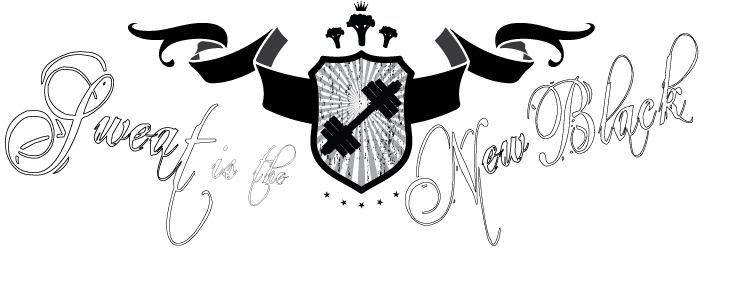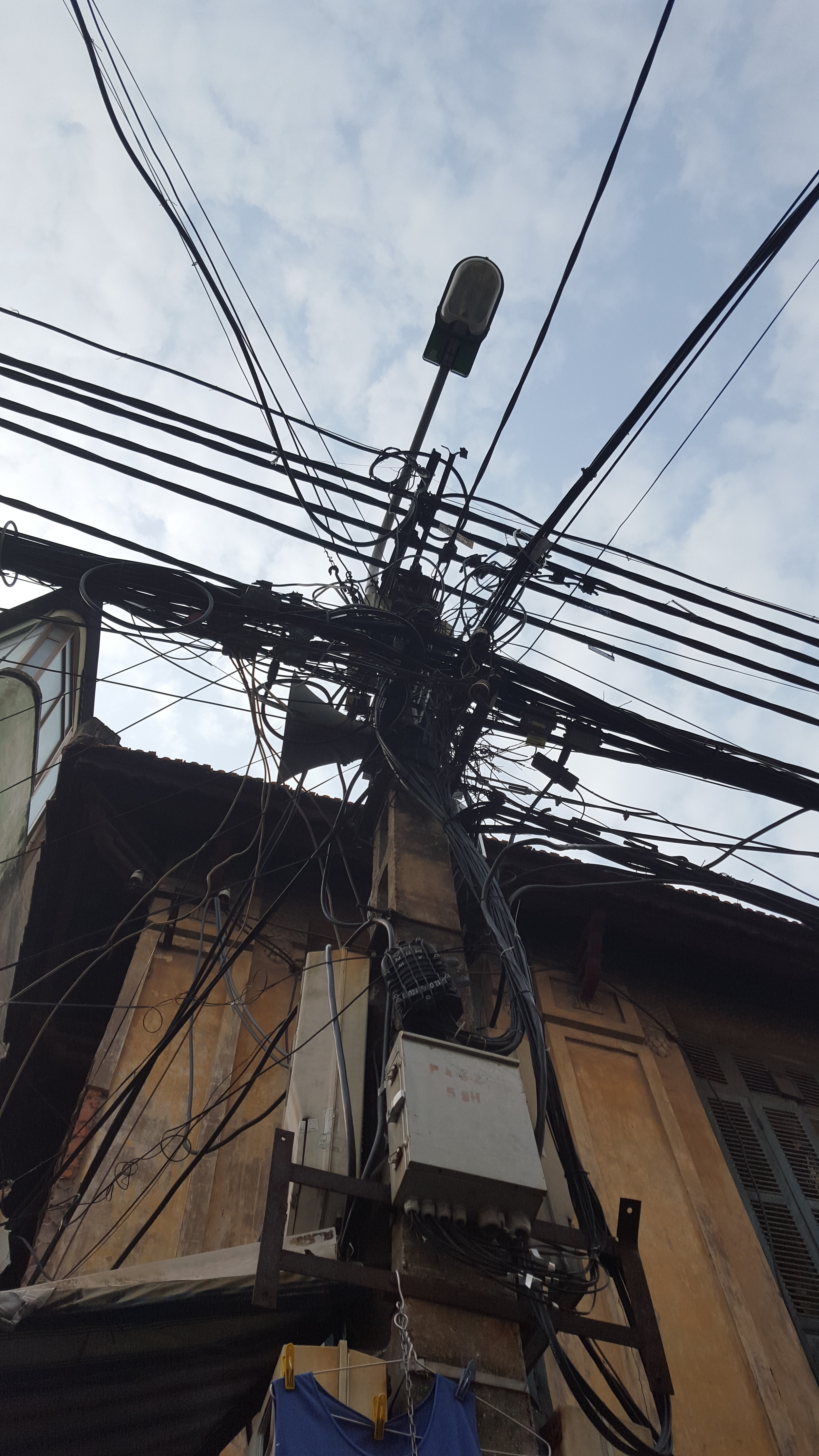How do some people seem to get a gargantuan amount of things accomplished…while some of us struggle to just get through the day?
How can you learn from the masters and apply what they know?
TRUTH #1: We all have the same amount of time. Productive people do things differently.
TRUTH #2: Learning how to stop procrastinating isn’t about super-secret tactics or fancy apps. It’s about mindset and simple, but powerful, shifts in how approach your to-dos.
Today, I want to give you a sample from my Finisher’s Formula course. These are 3 action steps you can use to stop procrastinating and feeling lazy…and start following through and being more productive instead.
Step 1: Watch what you say
We’re all highly affected by the words we use (even if we aren’t fully aware of what we’re saying).
For example, how many of us have said something like this recently…
- “I really need to get my act together”
- “I should stop being so lazy”
- “I know I’m smart, I just don’t apply myself”
The words we use are powerful. There’s a subtle — but important — difference between asking “why am I procrastinating on this task?” and “why do I always procrastinate?”
In the second, procrastination becomes part of your “self-talk” and, eventually, who you are. (This is what I call an “invisible script” — and I talk in more detail about invisible scripts here.)
Even though our beliefs may be too deeply embedded to completely change overnight, we CAN start to gradually reprogram them by simply paying attention to and changing the words we use — by using a more positive “self-talk.”
If you’ve ever heard that standing up straighter makes you feel more confident over time (it’s true), this works the same way. Changing our language can gradually change how we feel about ourselves and our goals. The language we use really does matter.
ACTION STEP: For 1 week, try to catch yourself whenever you use negative language like the above examples. Then, instead of beating yourself up, think of a small tweak you could use so your negative language becomes neutral or positive.
Here are a few examples to help get you started…
- Instead of “I’m so lazy”, try “I’m human. Everyone struggles sometimes”
- Instead of “I’m going to fail”, try “I’ll be fine. Even if the worst case scenario happened and I do fail, I’ll be OK”
- Instead of “I should do x”, try “I’m going to start small and do x on Tuesday at 2 pm”
Step 2: Stop blaming time
It’s easy to use time as an excuse. How many times this month have your friends (or even you!) said something like…
- “Sorry, something came up. I’ll catch you next time”
- “I don’t know if I can do that. I’m just so swamped at work, you know?”
- “I’m too busy to do that right now. I’ll get to it later.”
We all have the same 24 hours in a day — CEOs, politicians, PhD candidates, mothers of 2…everyone.
It’s OK to recognize when “no time” is actually a blanket excuse for not doing something you don’t want to do. To figure out if that’s the case — and to get that time back — follow “Ramit’s Rules of Letting Go.”
Let go of “should do’s” that you actually don’t care about
Ask yourself, in the scheme of all the things you want to try, do you really care about this? When I went to my cousin’s wedding in India a few years ago, I saw one of my friends order his food in fluent Hindi, and I thought, “Hmmmm…I should take Hindi lessons.” But when I got back to NYC, I put it on my to-do list, only to skip over it for MONTHS.
The truth is, I really didn’t care enough to try and learn Hindi. It wasn’t important enough. When I acknowledged I wasn’t going to do it and crossed it off my list, it freed me up to focus on doing the things that I really wanted to do.
Let go of waiting for inspiration to strike
Inspiration is for amateurs. I wake up every morning, rain or shine, feeling great or awful, and I get to work. Not because I’m a machine, or a better person than anyone, but because I have systems that I depend on.
Willpower and inspiration fade quickly — for example, have you ever been SUPER EXCITED TO START SOMETHING…only to feel unmotivated 2 weeks later? But systems last.
A system doesn’t have to be a complex monstrosity that takes you 16 years and 4 PhDs to decipher either.
For example, here are some systems I use:
- I set reminders in Google Calendar for small tasks, like sorting a box of papers in my apartment or calling my Mom (BONUS: Here’s my exact calendar system.)
- In college, I created a scholarship system to apply to 60+ scholarships and pay my way through undergrad and grad school at Stanford
- I keep my workout clothes in the same spot every day (right next to my bed), so I never have an excuse to miss the gym.
Depending on a “mood” or “inspiration” is what unprofitable life coaches do. Waiting for inspiration to strike is a quick way to randomly pursue something, then give up, only to yo-yo back a couple weeks later, eventually leading you to hate yourself.
Start with a small system — like my calendar system above — and you’ll spend more time focusing on what MATTERS.
Let go of feeling guilty
With so many things we could do — and so much pressure from everyone around us — it’s no wonder we feel guilty.
Think about the last time you felt like you should do something. Maybe it was a new language you thought would be “good to know.” Or, maybe you wanted to try a new sport because a friend told you to do it.
It’s easy to say “yeah, I should do that”…only to never get around to it and feel TERRIBLE.
Life is short. Nobody is making you feel guilty except YOU. We realistically have time to learn maybe three new major things per year. Make sure you want this thing to be one of them.
We’re constantly told what we SHOULD do, so it’s important to reward ourselves when we work hard and earn something. Enjoy What You Earned, Guilt-Free…
ACTION STEP: The next time someone offers you an invitation, instead of saying “I don’t have time” be honest with them and yourself. You can even use this exact script: “That sounds really interesting, but I’m going to pass so I can focus on a couple other things I really want to do.”
This will:
- Make others value your time and commitments
- Force you to be honest with yourself about what’s important
- Free up your mental energy to worry about things you actually care about
Step 3: Break a big “to-do” into tiny habits
Part of the reason we procrastinate is that we’re just overwhelmed with how much we have to do. Where do we start?!
One of my mentors, BJ Fogg (check out an interview I did with him on how to stop being lazy) has a program called Tiny Habits.
We’re motivated by the little wins — but demotivated by failures. Once you know this, you can design your goals to boost your confidence and start building momentum. When you’re starting out, it’s better to successfully walk one mile than to fail to run three miles.
What tiny habits can you start building today?
- Do two pushups a day
- Floss one tooth a day to get started
- Drink one glass of water a day before you go to bed
And you can ramp up from there.
ACTION STEP: Think of one of your “big goals” (getting fit, learning a new language, organizing your house) and break it down to the TINIEST habit you can. And I mean tiny: 2 push ups per day, 1 new word a day, pick up one paper per day…however small you need to get started.
Do this habit for 2 weeks and then you can consider expanding.

























































































